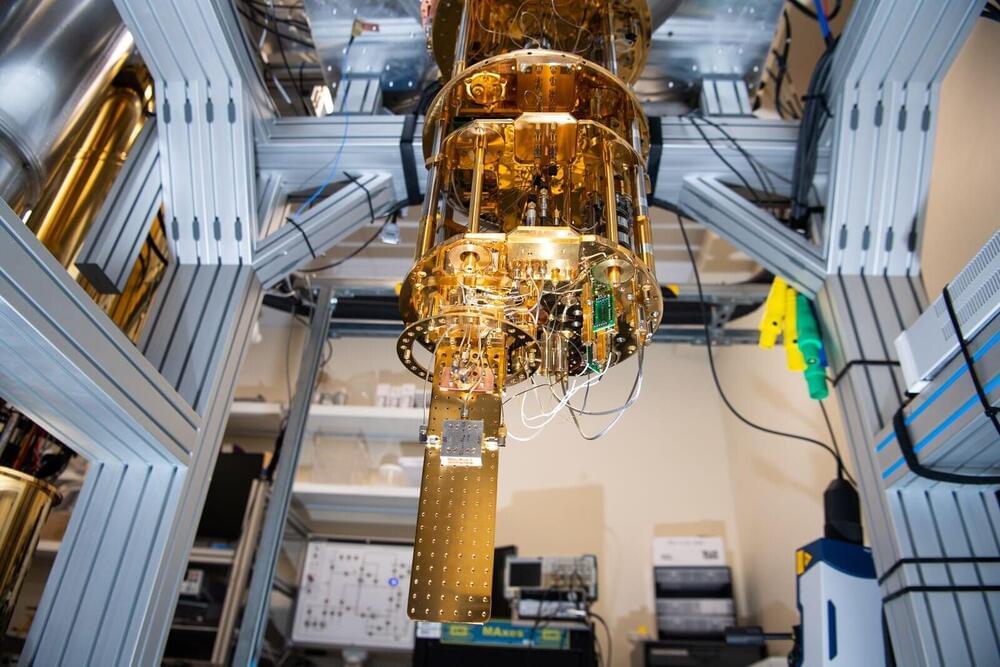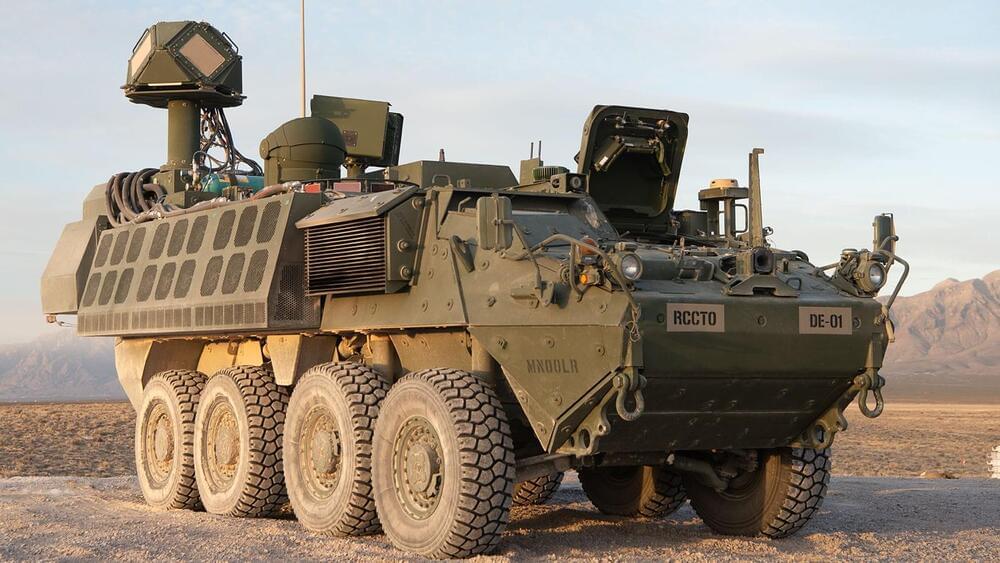There was more to this launch than met the eye.
Earth’s first-ever artificial satellite Sputnik launched on October 4, 1957. In that moment, which occurred sixty-five years ago, the Cold War between the United States and the Soviet Union transformed into a race to dominate not only Earth but also space.
But there was more to the launch than met the eye — behind the development of satellites to orbit Earth was a more nefarious purpose.
“The other aspect of it was, of course, the race to develop the first intercontinental ballistic missile. The U.S. was working on the Atlas missile, and the Russians were working on the RS-7,” says Jonathan McDowell, an astronomer and astrophysicist at the Harvard–Smithsonian Center for Astrophysics.





